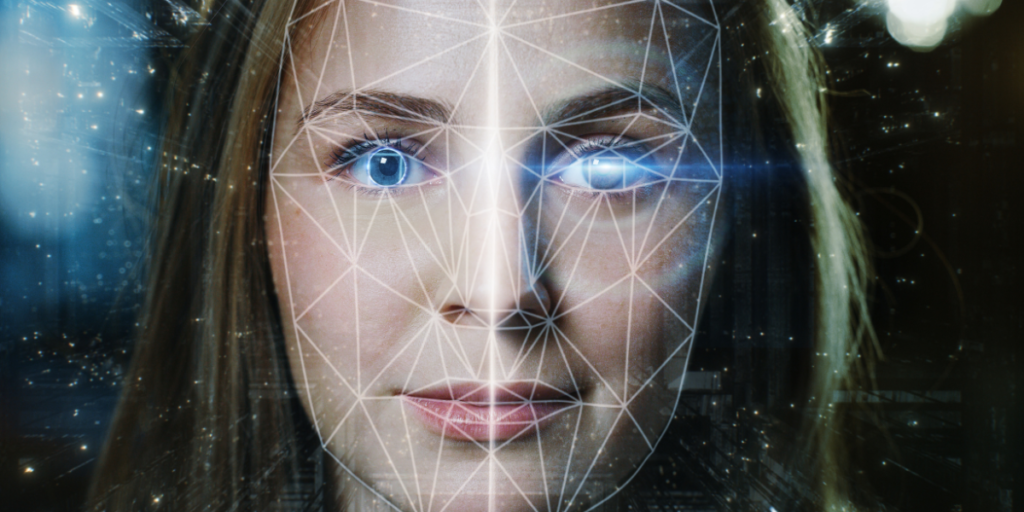Why Contactless Biometrics is a Growing Trend
At Arana Security, we have worked with industry experts to create state-of-the-art contactless biometrics solutions. In this article, we delve into the drivers behind this growing industry. While contactless biometrics solutions are already widely used across some sectors, particularly in BFSI services, the technology is now being expanded for much broader applications across industries, including government and law enforcement, healthcare, military and defence, retail, hospitality and education. The range of touchless technology to be utilised across these industries includes: Facial recognition Contactless fingerprint recognition Iris recognition Palm vein recognition Gait recognition Voice recognition Contactless cards Recent market research published by P&S Intelligence found that in 2021 the contactless biometrics market was worth around $17.3 million and is expected to reach $59.5 million by 2030. So, what are the drivers behind this huge projection of 14.6% CAGR (Compound Annual Growth Rate) for the forecasted period? Health and Safety (Post Covid19) Since the outbreak of the Covid19 pandemic, every industry has been forced to go through a huge shift, quickly adapting to new global health and safety mandates. A key factor in the successful adaptation to the virus has been the integration of contactless biometric devices. The pandemic has inadvertently fast-forwarded the development and public acceptance of these touchless technologies. Even in 2022, there is still a global focus on hygiene and concern about the spread of the virus. Contactless biometric technology allows for the verification of an identity without any physical contact while remaining highly secure, and there is evidence it is becoming increasingly popular post-COVID-19. For example, 32% of businesses now plan to implement touchless access control according to ‘The 2022 State of Physical Access Control Report’ by HID Global. The surge in demand for this touchless tech because of the pandemic has improved accessibility as costs decrease and a growing number of companies worldwide discover the benefits of these solutions. Law Enforcement and Fraud Prevention The rapid development of these contactless biometrics has had huge implications for law enforcement worldwide, including tackling identity fraud and improving border control. For example: In Ireland police may soon be able to use real-time facial recognition and forensic face biometrics from public surveillance cameras. A recent report by Transparency Market Research has suggested North America will lead the global touchless biometrics market, adopting the tech for government and military applications. They highlight that since 2017, the El Paso Police Department has been using biometrics including facial recognition, iris scanning and fingerprint ID for border security. The market has also seen significant uptake across the Asia Pacific for defence purposes, particularly in the fight against increasing terrorist attacks. The implications of this technology for fraud prevention are clear. It is much more difficult to hack a password when it is physiological (facial authentication for your iPhone, for example). The improved security also lies in the accuracy of the technology. A 2020 study found that facial recognition technology is as accurate as 99.97%. The banking and finance sector has significantly contributed to the growth of the industry with their adoption of contactless biometric devices for fraud prevention, securing data and replacing more traditional security which is more susceptible to attacks (PINS and passwords). Government Adoption of Contactless Biometrics Market research shows that the government sector is the largest end user in the contactless biometrics market, driving its growth. As well as for virus control following the COVID-19 pandemic, national governments have been adopting these systems to control crime, improve immigration control and for the security of government buildings. For example, in 2021 the Immigration Department of Hong Kong announced the launch of their ‘Contactless e-Channel service,’ saying: ‘This initiative aims to provide faster, more convenient travel and a more hygienic immigration clearance service for residents.\” This contactless service for residents uses QR code scanning and facial recognition biometric technology. In 2021, the UK government\’s Home Office outlined a new plan to use automated gates and contactless corridors for identity and security checks at UK airports. This would mean passengers could verify their identity without their passport, using biometrics. They stated that new plans are aimed at improving ‘both security and the passage of legitimate travellers through the border’. Biometric Update has reported that Jamaica is implementing a pilot digital biometric ID system to help citizens access their cash assistance schemes. In April 2022, the government reported that $300 Jamaican dollars were still uncollected by beneficiaries. In Pakistan, a social intervention program using a biometrics-based ID card is being rolled out to help women benefit from cash support. Here at Arana Security, we have the latest contactless biometric solutions including touchless fingerprint recognition, multimodal recognition combining fingerprints and vein patterns, facial recognition and iris recognition. If you’d like to be part of the growing ‘contactless biometric trend’ or learn more about how it can benefit your business, speak to one of our team and schedule a security consultation today.
Why Contactless Biometrics is a Growing Trend Read More »



